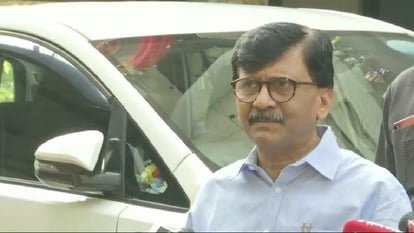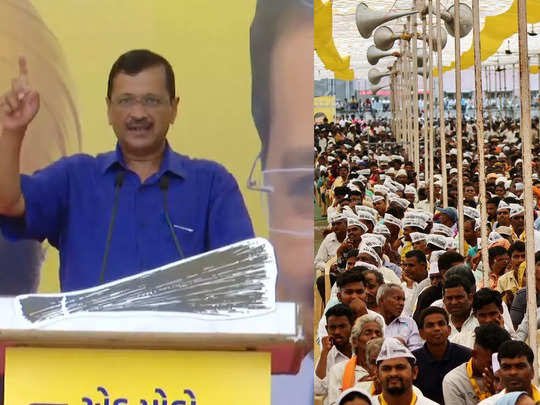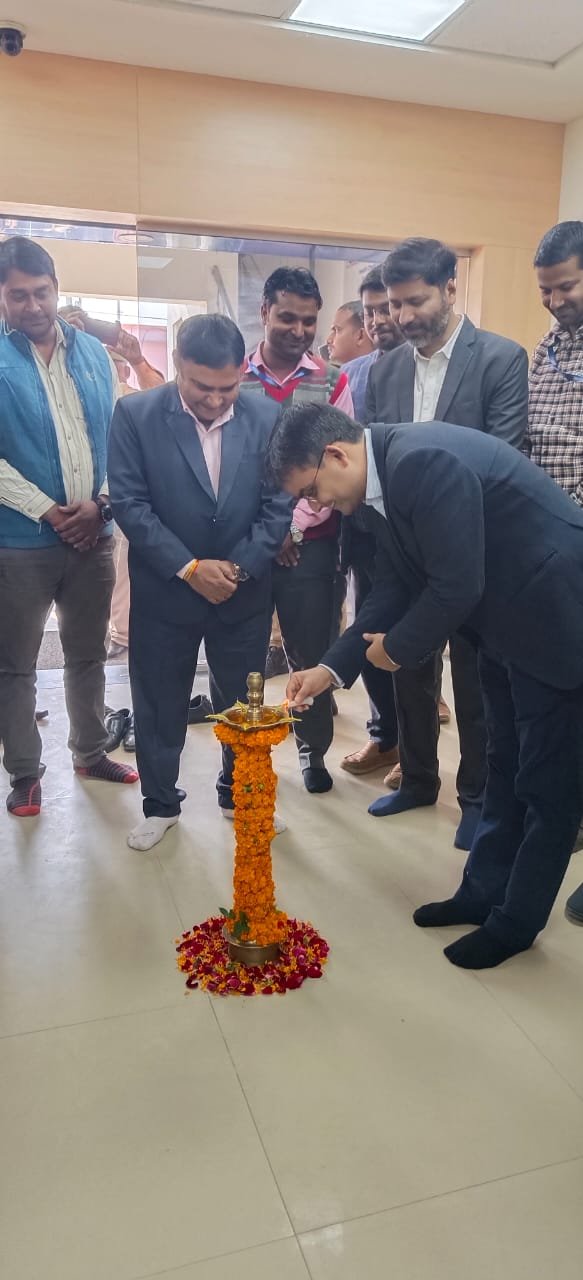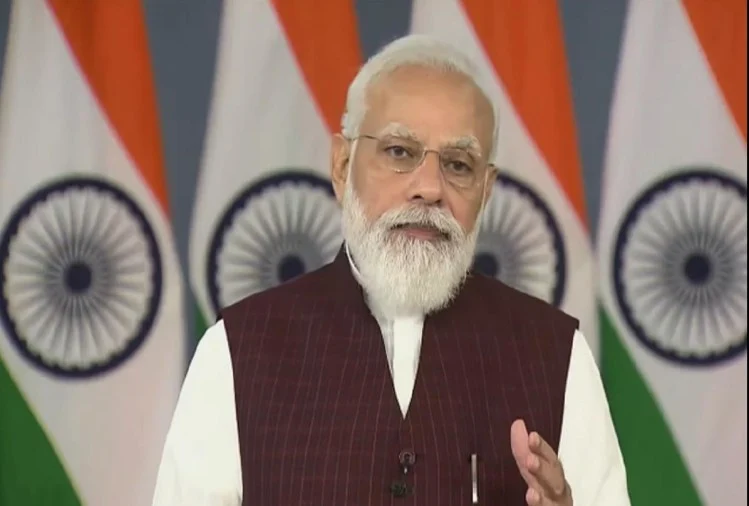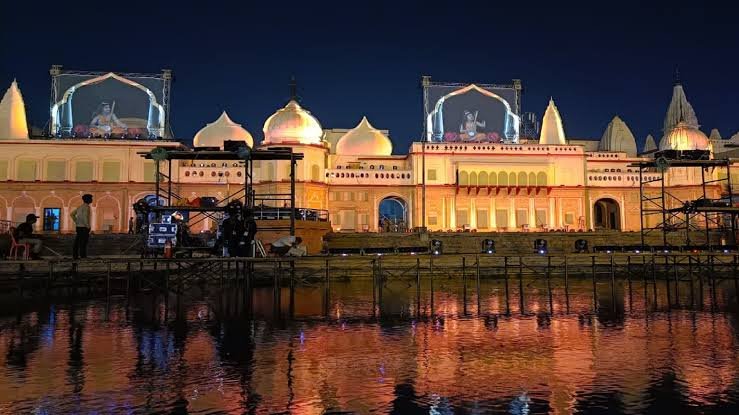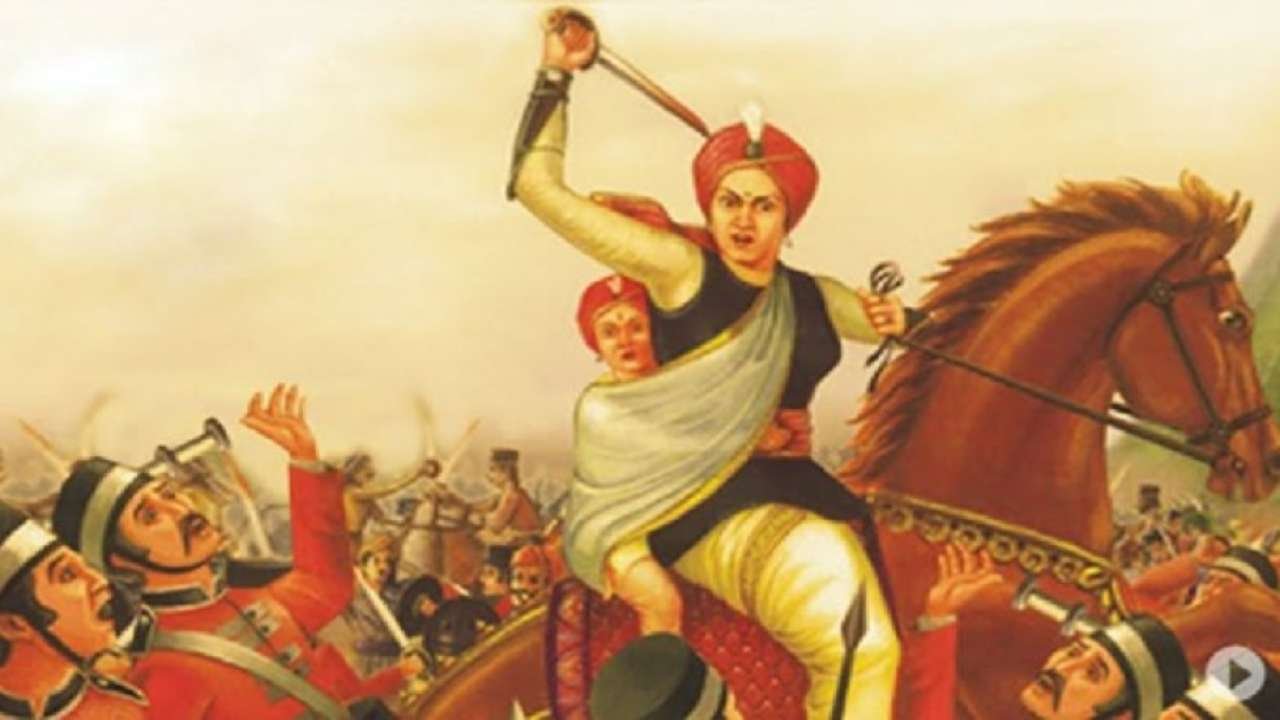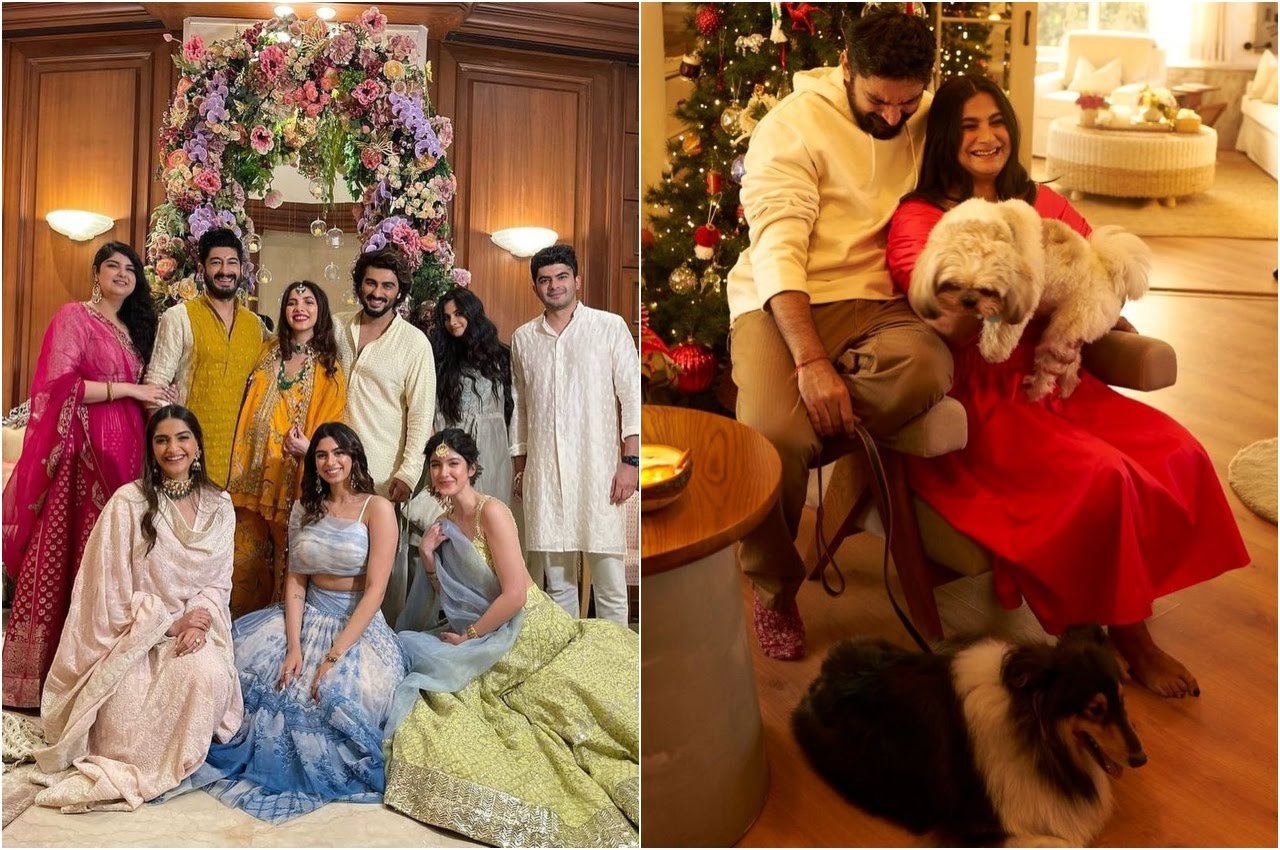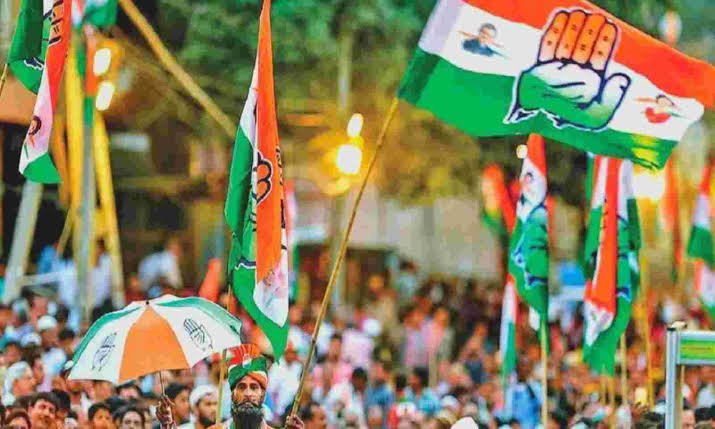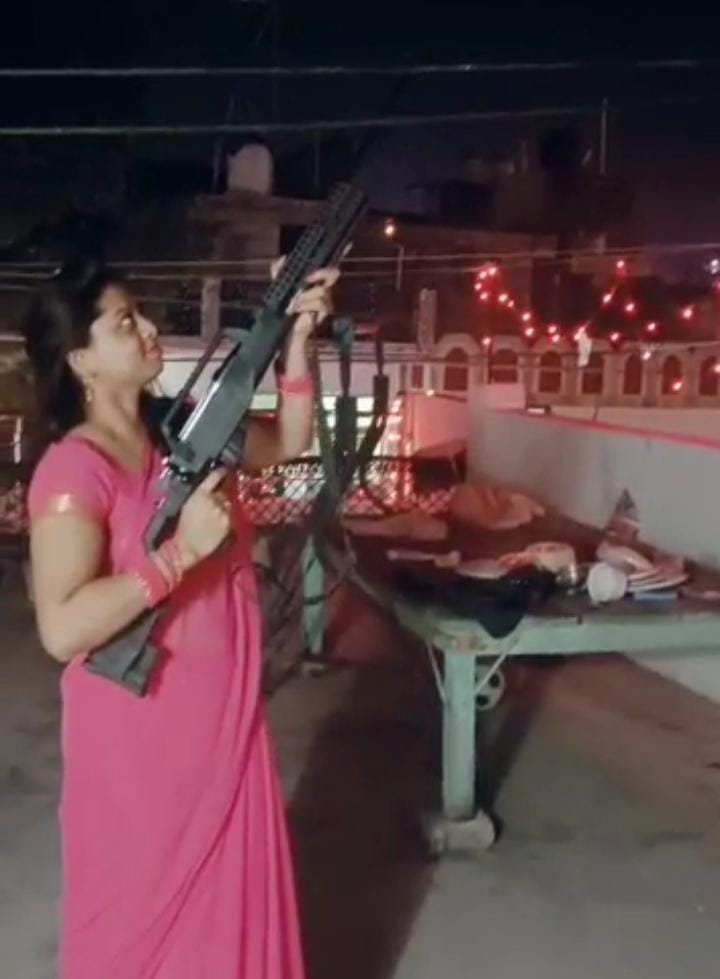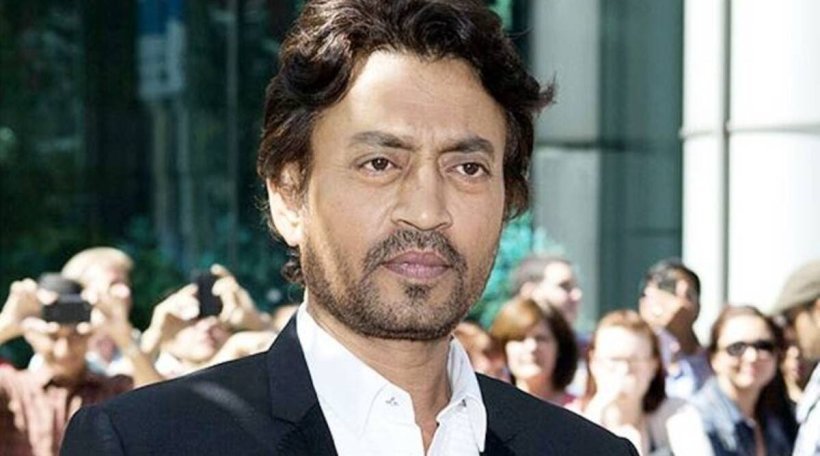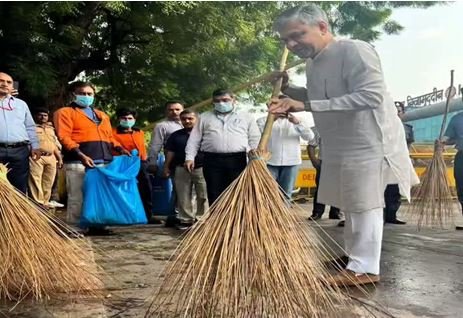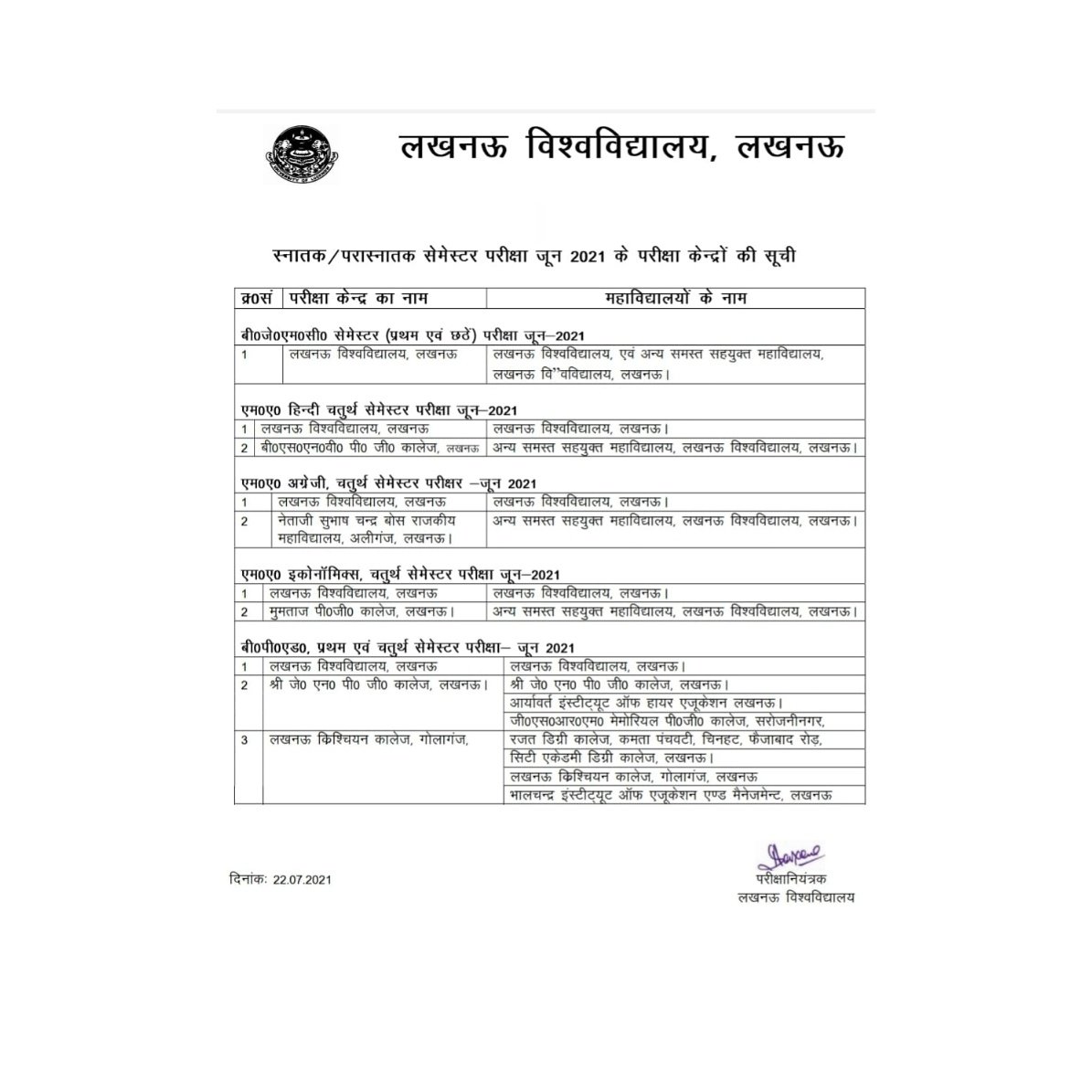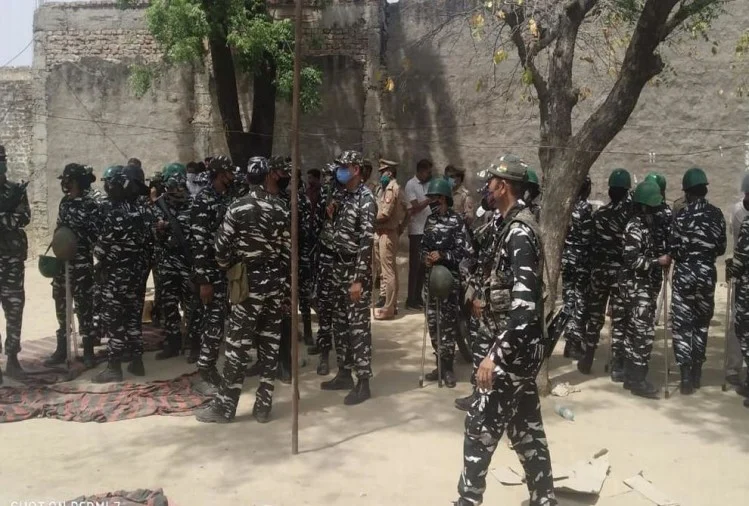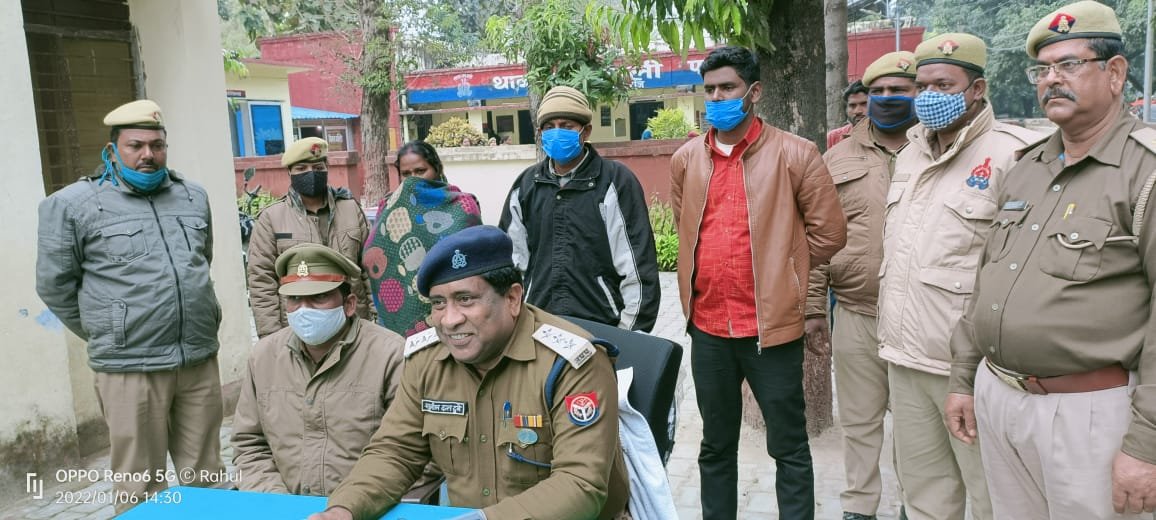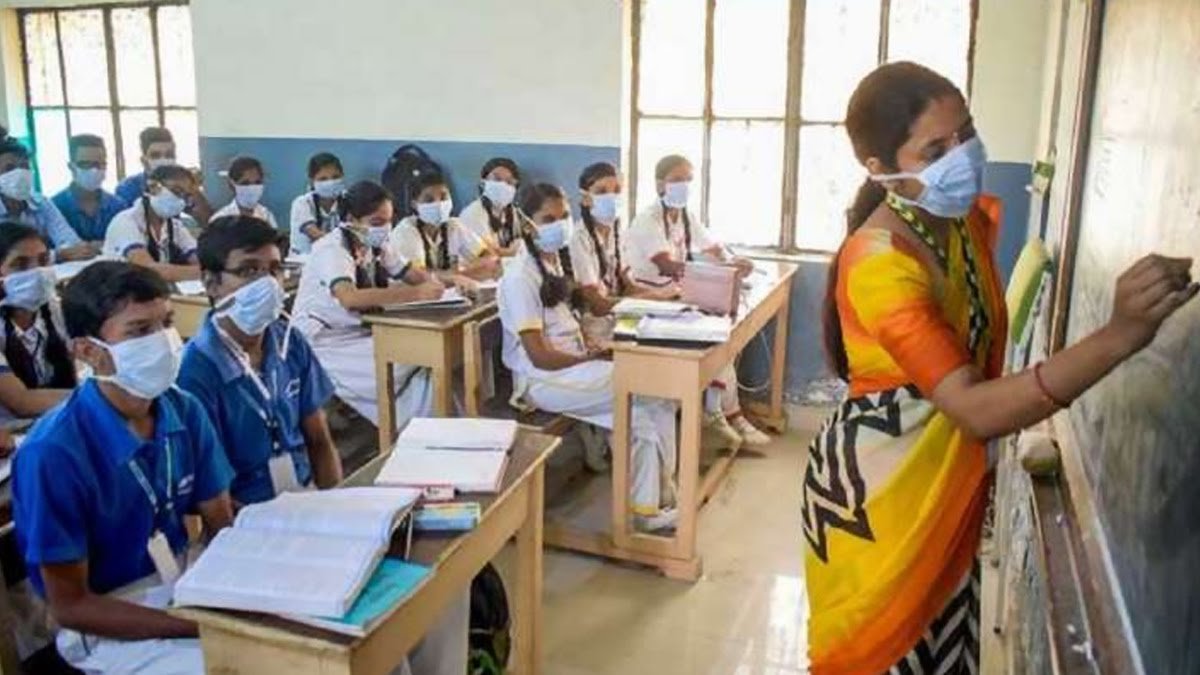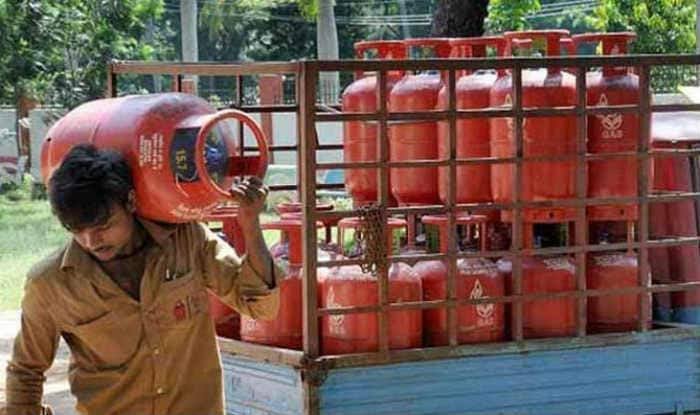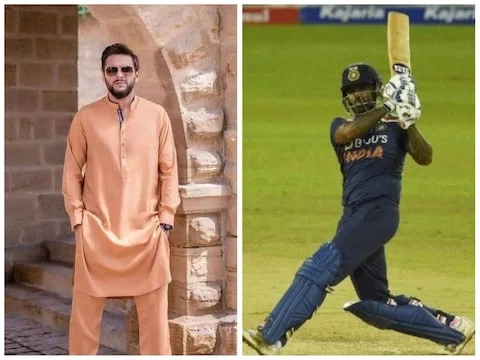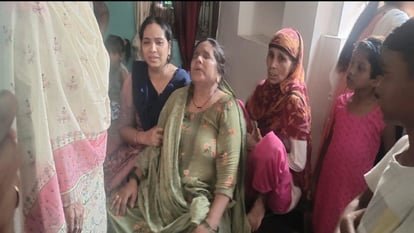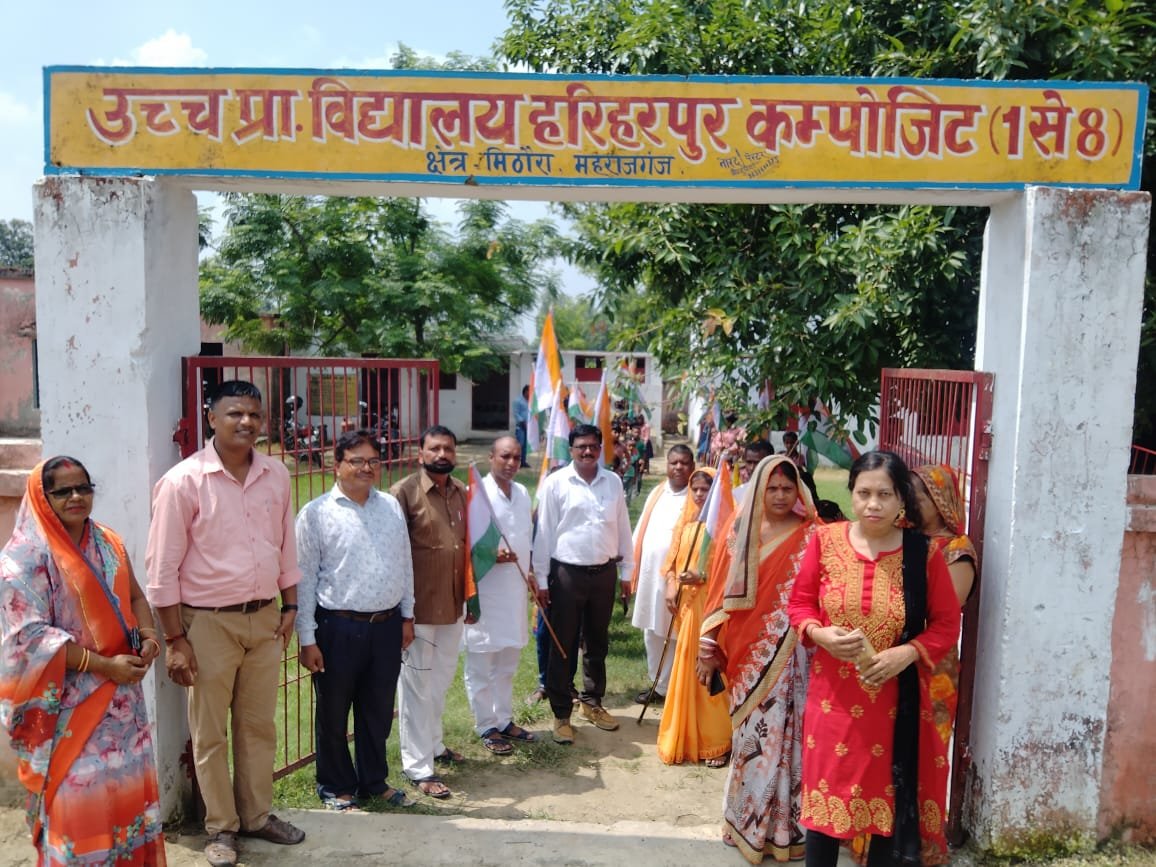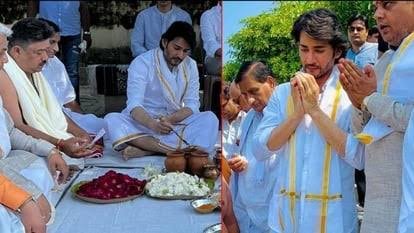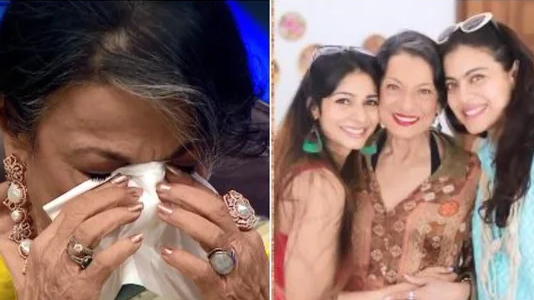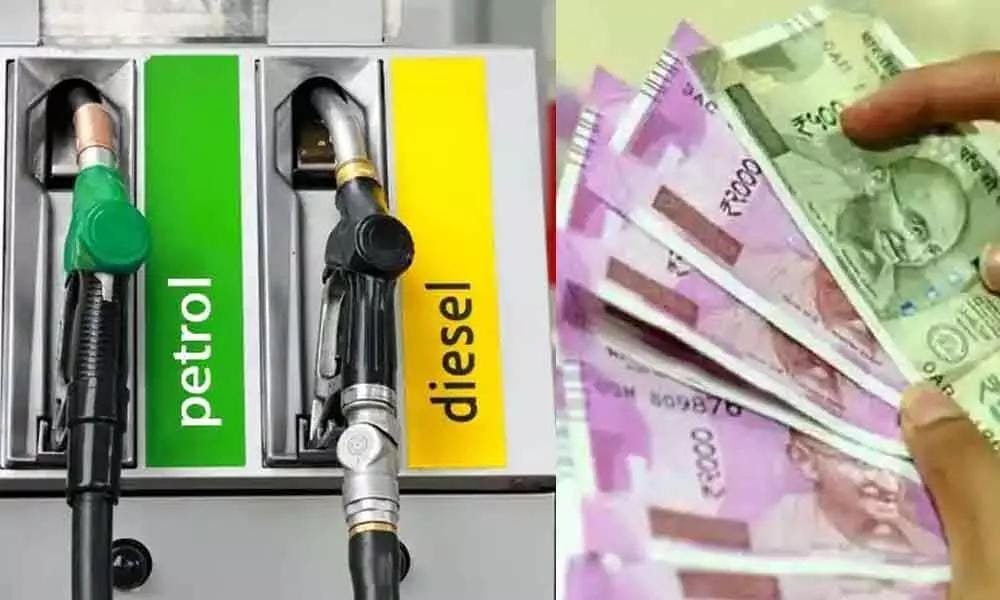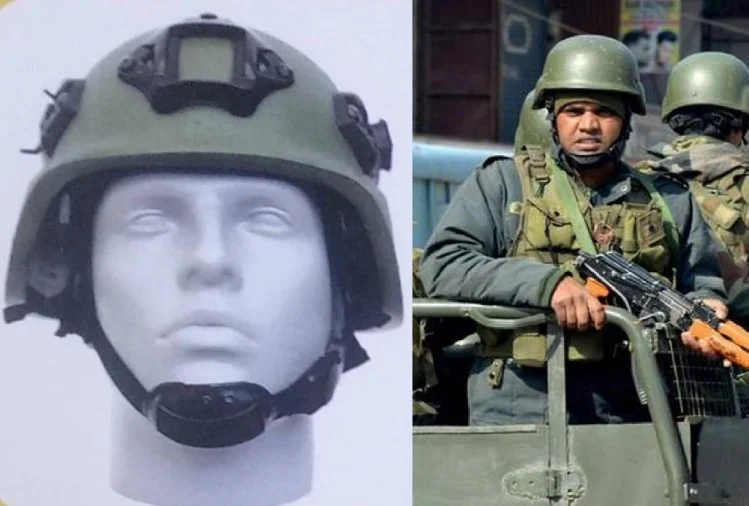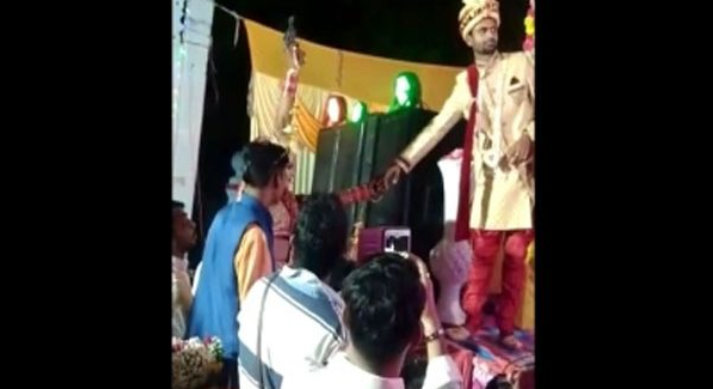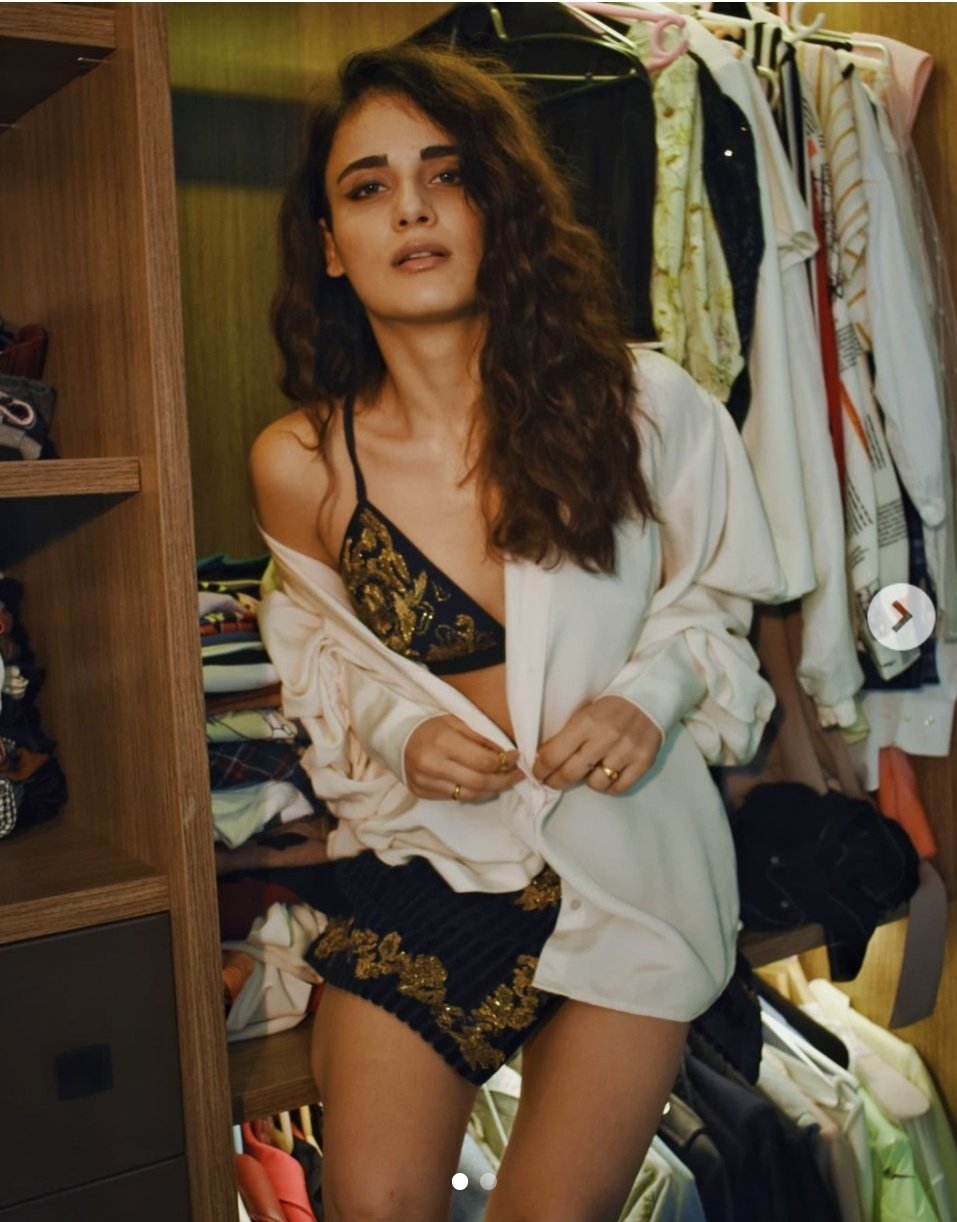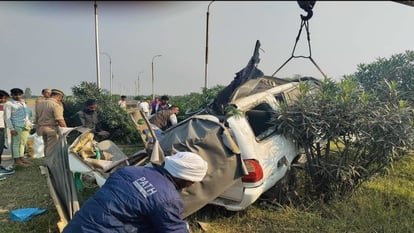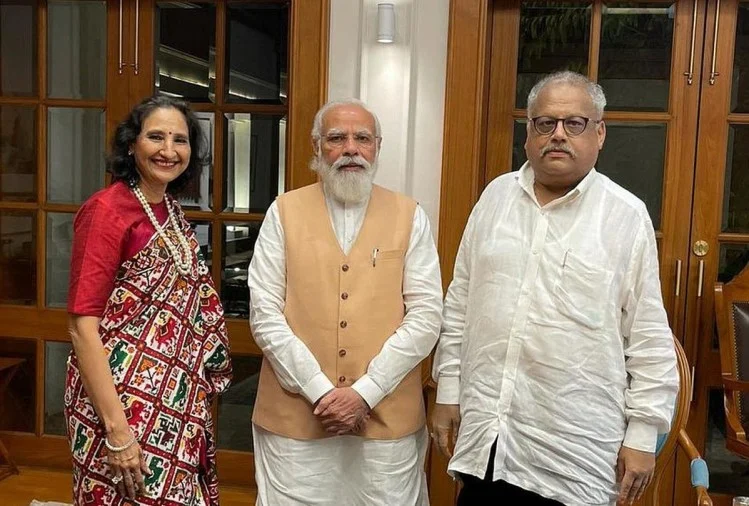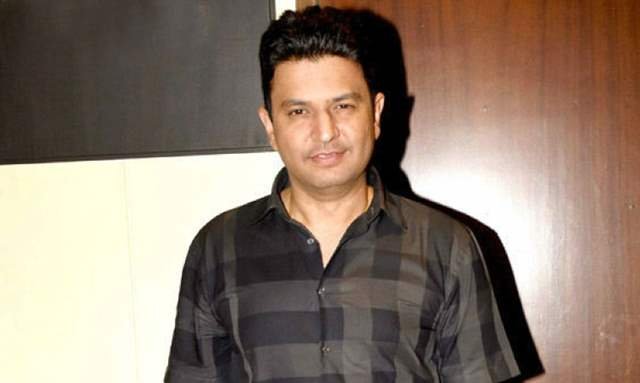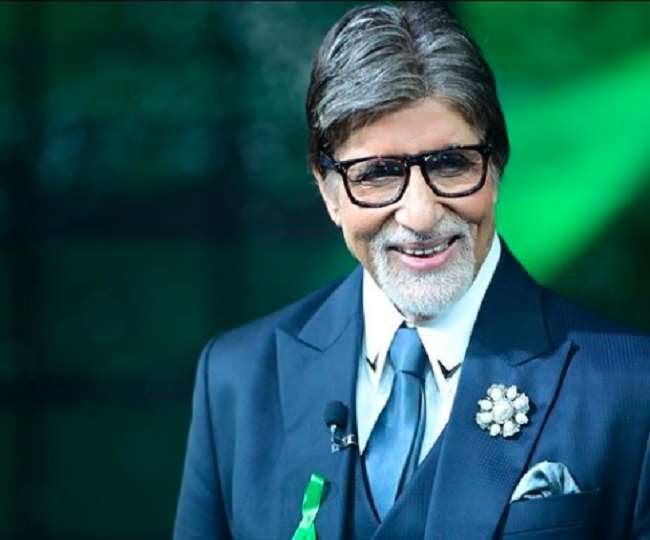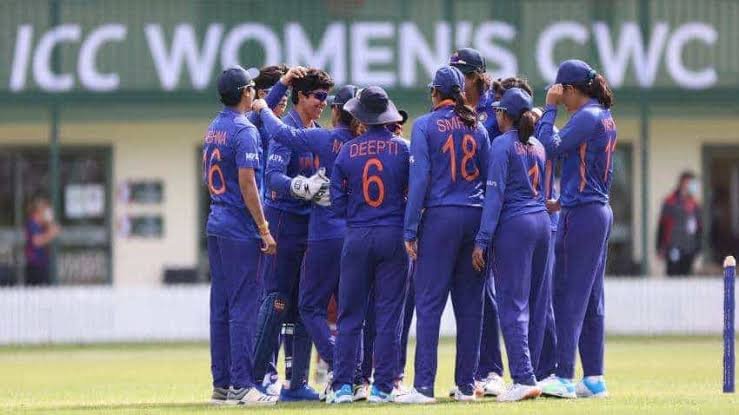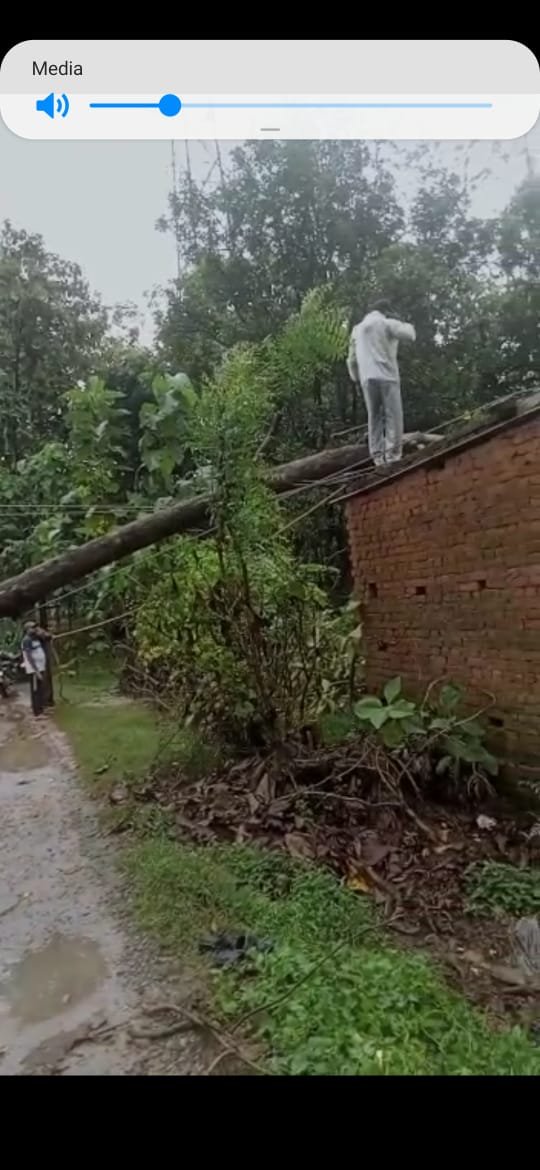Odds are you have a mate who conveys a vintage camera consistently. Goes through each end of the week meandering capriciously around the Barbican, shooting leaves and galleries. Would guard their Instagram ‘tasteful’ with their lives, in the event that it came down to it.
All things considered, what an Instagram it is! What’s more, they’re in good company in their fixation. Driven by a longing to stand apart from the early lunch swarm and develop their supporter tally, a great many individuals have plunged into the universe of #35mm cameras in the course of recent years – and obviously, you need in as well.
All things considered, It’s not as basic as you would might suspect. Be that as it may, who better to begin you on your excursion than John Wade, creator of Retro Cameras: The Collector’s Guide to Vintage Film Photography? Nobody, that is who…
Purchasing
“There’s packs of stuff on eBay, and that is likely the primary spot to begin,” says John. “A 35mm single-focal point reflex (SLR) camera would be your smartest option.”
Decide on a model from one of the huge five brands from back in seventies: Canon, Minolta, Nikon, Olympus or Pentax. They’re all essential, hardwearing, top quality and shouldn’t come at a lot of cost. 35mm film tapes can likewise be purchased economically on Amazon.
Popular for overcoming any issues among photographic artists and specialists in the seventies, both Canon cameras come fitted with ‘screen need’, which signifies “you can pick your shade speed, and your camera will naturally pick an opening” (that is the opening in the focal point which directs how much light goes through the camera body). Other extraordinary alternatives incorporate the (nearly) indestructible Pentax K1000 and the Olympus OM-1.
On the off chance that you need to get your hands on the camera before you purchase, then, at that point look at vintage markets – however without the wellbeing net of eBay or Amazon, you need to realize what to pay special mind to. “As you get them, go through every one of the shade rates and ensure they’re not staying – that is, opening yet not shutting. That is your first port of call.”
It’s likewise worth checking if trade batteries are as yet accessible for your picked camera. “Mercury deals were considered somewhat perilous in the last part of the eighties, such countless batteries have been ended.” Give it a Google before you purchase, for good measure.
Something more: assuming you legitimately need to pursuit film photography, avoid Lomo cameras which produce those once-popular however inferior quality shots that took over Instagram a couple of years prior – the ones where tone seeps into the edges of the casing.
“A many individuals allude to all old film cameras as Lomo, however they’re not. Lomo cameras have dreadful old plastic focal points, and produce blemished pictures. I went through my time on earth attempting to try not to make efforts like that!”
Understanding your camera
On the off chance that you need to move past programmed mode, you’ll need to get your head around the shade speed, opening and center capacities. “For an image to look normal, it should be accurately uncovered,” says John.
The gap controls the light let through the viewpoint, and the shade speed chooses how much light is permitted to arrive at the film. As per John, various shots require various blends of the two.
“In case you’re keen on shooting sport, for instance, you’d need a quick shade speed to catch the activity – and that implies you need a wide opening. Assuming you’re capturing scene, you’ll depend on the opening, and remunerate with a light screen speed.” Fast shade speeds freeze the activity, while moderate velocities can be utilized to obscure development.
Opening settings are for the most part set on a ring around the camera focal point, while shade velocities can be found on the top plate dial (the inverse is the situation in advanced photography). As a rule, it’s in every case preferable to overexpose over underexposure your film, regardless of whether it’s dark and white or shading.












































































